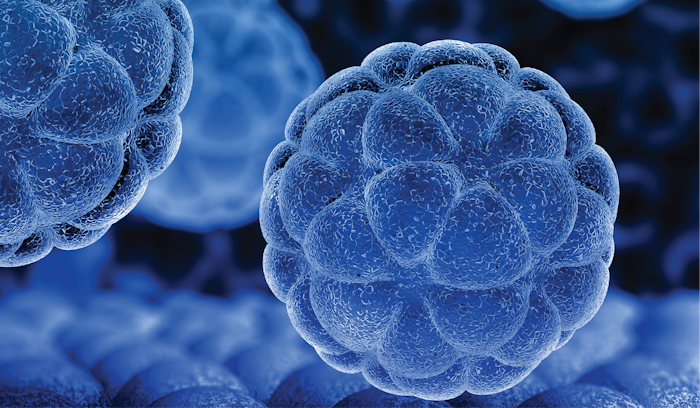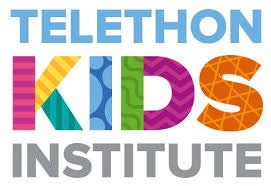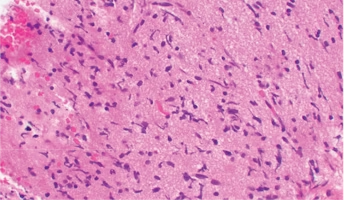Development of a New Therapy Against Diffuse Intrinsic Pontine Glioma
Email Principal Investigator

Terrance Johns
CBTN Data
Backer
Cure Starts Now
About this
Project
Diffuse intrinsic pontine glioma (DIPG) is a rare childhood brain cancer that is very often fatal. Researchers believe that ion channels, pore-forming proteins that move chemicals like calcium and potassium in and out of cells, have a role in drug resistance. Drug resistance refers to a reduction in the effectiveness of a particular treatment. Blocking ion channels may improve the efficacy of targeted therapies. Many of the ion channel drugs researchers plan to use are already approved for clinical use. This means that their approach could be rapidly moved into clinical trials, speeding up the rate at which these therapies can actually be used for patients. To complete this analysis, DIPG data will be analyzed for the expression of ion channels and clinical data will be used to ascertain basic demographic information about the samples such as sex and age. In this study, researchers will use this data from the Pediatric Brain Tumor Atlas to determine what ion channels are found in DIPG cells.
Ask The
Scientists
What are the goals of this project?
Researchers hope to identify DIPG associated ion channels in an effort to boost the effectiveness of targeted treatments.
What is the impact of this project?
Ion channels have a role in drug resistance and researchers believe that if ion channels can be identified and targeted, therapies for DIPG could be made more effective.
Why is the CBTN request important to this project?
The Pediatric Brain Tumor Atlas provides researchers with a unique dataset on pediatric DIPG that will be used in this research.
Specimen Data
The Children's Brain Tumor Network contributed to this project by providing access to the Pediatric Brain Tumor Atlas.
Meet The







